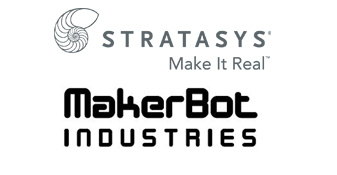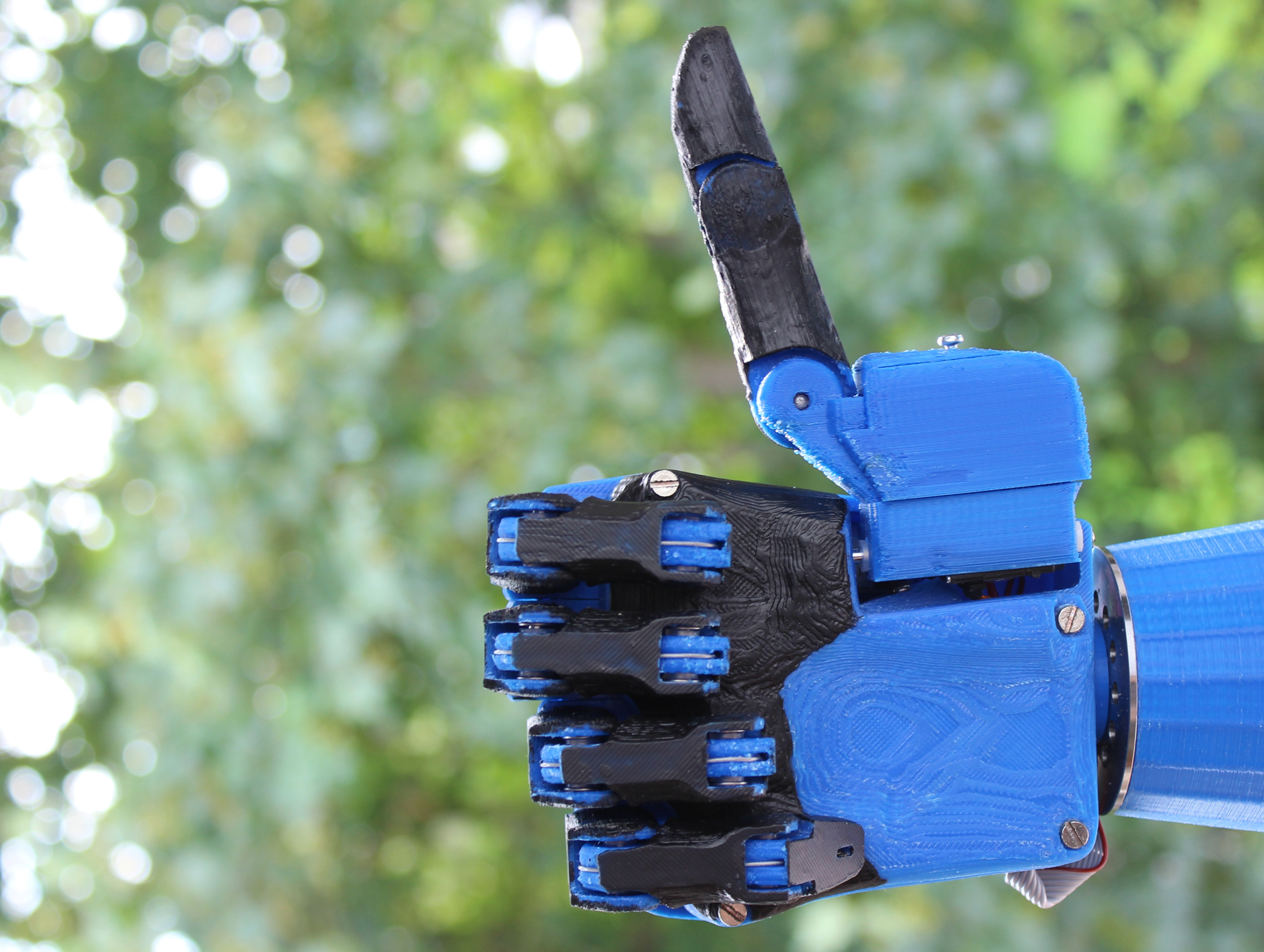A Look Back at Additive Manufacturing in 2013

December 31, 2013
This year was an interesting one for additive manufacturing (AM), with plenty of big moves inside the industry and hints of upcoming changes to the landscape from without. Medical uses for 3D printing really started to gather steam, with prosthetics being one of the largest areas of development. In 2013, we also saw a general shift in AM from a pure prototyping tool to an increase in end-use production.
Stratasys moved into the home 3D printer arena with its acquisition of MakerBot in June. That particular move, along with the merger with Objet in 2012, helped Stratasys to diversify its portfolio, branching out into areas of AM in which the company previously had little or no presence.

“The last couple of years have been incredibly inspiring and exciting for us,” noted Bre Pettis, MakerBot CEO, in a press statement. “We have an aggressive model for growth, and partnering with Stratasys will allow us to supercharge our mission to empower individuals to make things using a MakerBot, and allow us to bring 3D technology to more people. I am excited about the opportunities this combination will bring to our current and future customers.”
3D Systems continued with its growth through acquisition strategy in 2013 with a number of purchases, including Geomagic in January and portions of Xerox’s R&D in late December. The move to acquire Geomagic gives 3D Systems a solid core of design tools without requiring the company to look for outside arrangements. Research and development is going to become even more important as the market continues to mature, potentially making the Xerox acquisition the most important move 3D Systems has made to date.
“We are pleased to expand our relationship with an innovative partner of the caliber of Xerox and expect that acquiring some of the Xerox Wilsonville engineering team, together with their state-of the-art development labs and selected licensed IP, will catapult our 3D printers’ development and manufacturing capabilities forward,” said Avi Reichental, 3D Systems’ president and CEO. “This bold step is consistent with our belief that we must act quickly and decisively to extend and cement our marketplace leadership position by taking full advantage of the window of unprecedented opportunity in front of us.”
From outside the AM scene, in October HP announced its intent to produce a 3D printer in 2014, ending years of speculation that the 2D printing giant was eyeing AM. While HP entering the AM market will undoubtedly have some impact, it’s difficult not to wonder whether the company waited too long before making its move. HP could have picked up both MakerBot and Objet, giving it an instant presence. Instead, HP has decided to develop its own AM systems without relying on previously existing brands.

“We are excited about 3D printing,” said Meg Whitman, HP CEO. “We want to lead this business. HP labs is looking at it. 3D printing is in its infancy. It is a big opportunity and we are all over it. We will have something by the middle of next year.”
Big business invested more heavily in AM in 2013 with companies the likes of Ford, GE, and Lockheed Martin turning to 3D printing for parts production to compliment the use of rapid prototyping. GE and Lockheed Martin are both leveraging AM to produce airplane engine parts, taking advantage of the technology’s power to reduce the weight of parts, minimize waste, and produce parts with complex internal geometries.

On the medical end of the AM spectrum, 2013 saw a large amount of interest in 3D printed prosthetics. Not only are prosthetics less expensive to build using AM, they are also easier to modify, or print for specific patients, including use for animals. Along with providing new hands or feet, AM is also helping to produce facial prosthetics and even biocompatible ears.
Medical AM also advanced in other areas in the last year. Burn victims may receive assistance from synthetic skin, certain types of blindness may become curable thanks to 3D printed retinal grafts, and patient specific medical implants are already saving lives.
Rapid Ready Technology and Desktop Engineering wish you a happy New Year and look forward to presenting you with the most vital additive manufacturing news in the coming year.
Below you’ll find a video relevant to this evening’s celebrations.
Subscribe to our FREE magazine, FREE email newsletters or both!
About the Author
John NewmanJohn Newman is a Digital Engineering contributor who focuses on 3D printing. Contact him via [email protected] and read his posts on Rapid Ready Technology.
Follow DE





